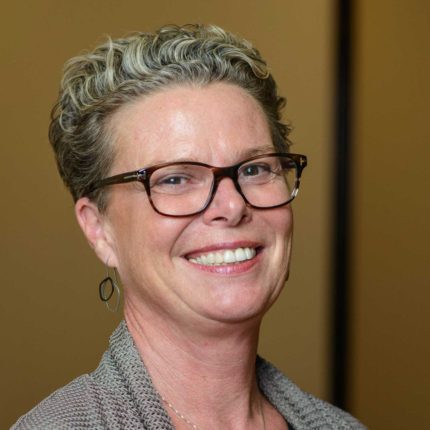If there are three words in English lexicon guaranteed to send me to sleep its work-integrated learning.
I’m not sure what Brits call it, but it’s essentially the worthy and important task of getting students work experience while they are still a student so when they graduate they have something tangible to put on their CV.
Now that shouldn’t be snore-inducing. But for me it’s the equivalent of having a cup of cocoa and a couple of valerian tablets.
Peak group Universities Australia has produced an expansive glossy 52-page brochure extolling the success of its member institutions in getting students work-related experiences ahead of its annual two-day conference this week.
In 2017, 450,000 students undertook at least one workplace learning placement or activity. This represents just about a third of total enrolments.
It included 93,000 international students – just less than a quarter of total enrolments – and no doubt adds to their armoury of education, skills and experience when they head home.
Unsurprisingly, the majority of work placements were among undergraduates.
Not all as it seems
While the brochure includes many outstanding examples of work-integrated learning (WIL) programs being run by UA’s member institutions, it also appears to take credit for compulsory professional placements such as practicums required by the teaching and nursing professions.
Indeed, 40 percent of all work placements were in these two fields alone.
A 2009 national scoping study of work-integrated learning for the now-defunct Australian Learning and Teaching Council came to a number of important conclusions.
The first was that there was significant interest in WIL both as a valid learning tool and also to meet demands from employers that graduates be work ready.
The study found that there was patchy access to WIL experiences, including for those for studying for careers in which WIL was mandated by professional accreditation requirements. It found that international students were often constrained by visa restrictions as well as by language and cultural differences. Whether these issues have been addressed by the national strategy overseeing WIL is not clear.
When good turns bad
It also got me thinking about what I consider to be one of the largest equity hurdles in the system. One young woman of my acquaintance was required, in order to complete her degree in social work, to undertake 1000 hours of placements. That amounted to 36 weeks during which time she was unable to earn an income to pay rent or other essentials. She said the only way the placement was possible was because she came from a relatively wealthy family who were happy to support her.
In his book, One Hundred Years of Dirt, journalist Rick Morton writes of the pressures placed on his sister to fulfil the compulsory workplace requirements of her midwifery degree. Coming from a dirt poor family background in regional Queensland and on full-income support, Lauryn Morton was required to find and track 20 women through the course of their pregnancies and being there for each of the milestone moments including the birth. On top of that, there were onerous hospital-based practicums in the later years of the degree which meant she could only take occasional shifts for paid work at the local cafe.
In the meantime, with no money to be able to afford to move closer to university and the teaching hospitals, Lauryn was compelled to undertake a one and a half hour daily commute, often in the dead of night, to get home.
I’m not sure what the answer to this is. While work placements obviously offer valuable experiences outside the curriculum (while giving alert employers early dibs on the best and brightest), if they are excessively financially burdensome for some disadvantaged students then maybe there needs to be some thought into how this pressure can be lessened.
If one of the primary functions of the demand-driven system is to increase the number of equity students in higher education, then surely it is the system’s duty not to repel them by demanding more than is financially possible.














Interesting! It does raise very serious questions about unpaid work and I know a lot of us share those concerns. I have seen first hand the benefits one year placement based learning has especially on students arriving at university straight from school. But this was paid. So do we prevent students from getting some sort of unpaid insight into the possible career option they are considering? At what point do we say it is OK – surely a few days in a solicitors office is a good idea. A year working for free isn’t? I firmly believe that people should… Read more »
Thanks for your insights. There is very little in the way of paid internships and work placements in Australia as far as I know. I’ve long been concerned about the equity implications of long and demanding compulsory work integrated learning placements on students who simply can’t afford it. Damned if they do and damned if they don’t!
The equity issues around compulsory practicums is an important issue to air. Consider the mature aged single parent seeking to become a nurse who needs to navigate the impact of practicum requirements on part time job, rent, child and food, care plus study and travel costs. In that it is important to recognize that there is a third party – not higher education institutes – that plays a somewhat unconstrained role in setting up this issue – and another party that increasingly compounds the problem. The third party is the professional accreditation bodies that mandate the practicum requirements; some times… Read more »